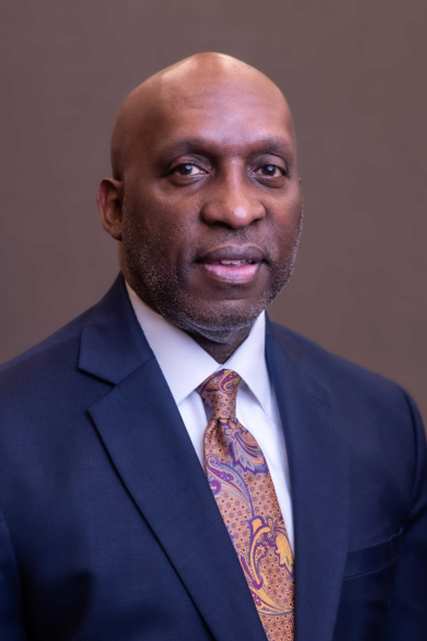The Austin City Council hired T.C. Broadnax Jr. as Austin’s next city manager on April 4. The council fired former city manager Spencer Cronk for his mismanagement of last year’s winter storm. Interim City Manager Jesús Garza will continue to serve until May 6, when Broadnax starts.
Broadnax will receive an annual salary of approximately $470,000, according to his employment agreement with the city — $145,000 more than what Cronk was initially projected to earn annually, according to a City Council message board sent by former Mayor Steve Adler shortly before Cronk’s hiring.
Who is T.C. Broadnax?
Broadnax served as the Dallas city manager from 2017 until he resigned in February. His resignation will be effective on June 3.
“It is my hope that my departure provides the City Council an opportunity to reset, refocus, and transition to a new City Manager that continues to move the city forward and will allow for a more effective working relationship with the Mayor and the City Council moving forward,” Broadnax’s resignation statement said.
According to the Texas Municipal League’s website, he also has city management experience working in San Antonio, Tacoma, Washington and Pompano Beach, Florida.
What does the city manager do?
Many cities across the country, including Austin, utilize a council-manager system of government, where the city council and mayor make the city’s policy while the city manager implements it. Essentially, the city manager acts as a chief executive officer and the city council as a board of directors, said Sherri Greenberg, the LBJ School’s assistant dean for state and local government engagement.
The other popular form of city government is the strong mayor system, in which voters elect the mayor to run the city day to day. Greenberg said large cities like New York and Houston use this system.
“(In the council-manager system), the mayor is a policymaker just like the rest of the council,” Greenberg said. “This was part of a reform movement in the 1900s. … In Chicago and other cities where there was a lot of patronage, people did not feel that the cities would run well.”
Greenberg said the widespread council-manager reforms aimed to “bring professionalism” to administering cities. Staunton, Virginia, was the first city to appoint a city manager to operate its government in 1908, according to the International City/County Management Association’s website. The city of Austin adopted the system in 1924.
What does Broadnax want to do with his new office?
At a candidate meeting on March 25, Broadnax said his experience with the city of Dallas prepared him to work in a town like Austin. Broadnax said while he worked in Dallas, he addressed many issues that he thinks Austin “has to address and deal with.”
Broadnax spoke about his work on diversity, equity and inclusion initiatives in Dallas and Tacoma; he established the first city equity offices in both municipalities. Broadnax said in Tacoma, the city opened shut-down senior centers at night to provide shelter for unhoused individuals, an example of his prior homelessness strategies.
“When you have the privilege to be the city manager of a city as wonderful as Austin … that’s nothing to take for granted,” Broadnax said at the meeting. “When you get at this level and you sit in those seats with the responsibilities that you have to the people that you serve, you should be expected to be at the top of your game. The motivation in itself should be who you serve and what you do.”














